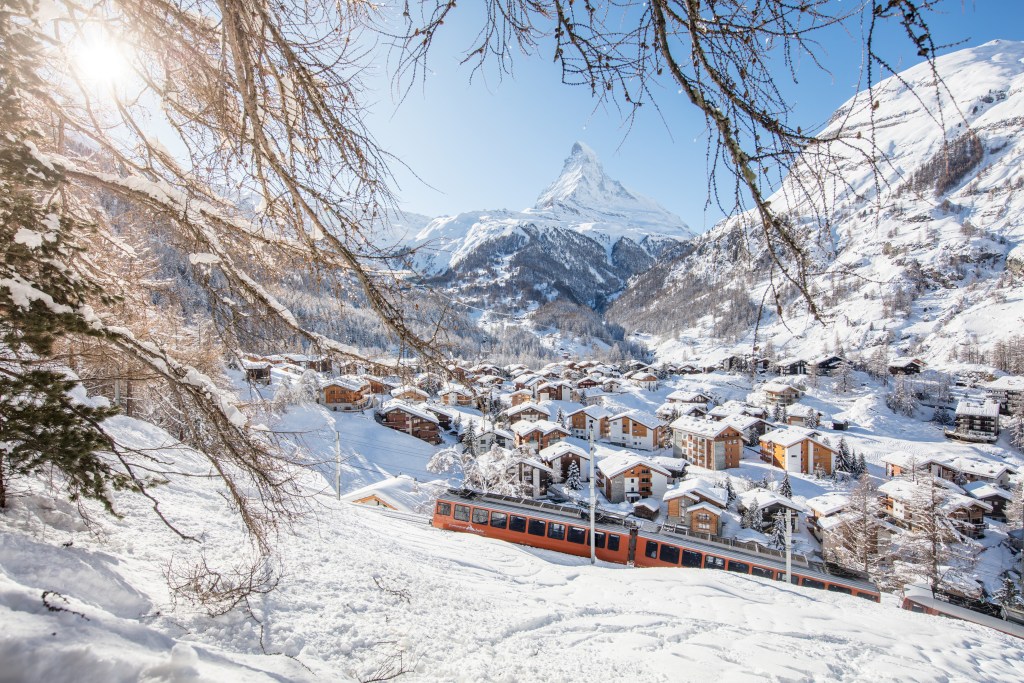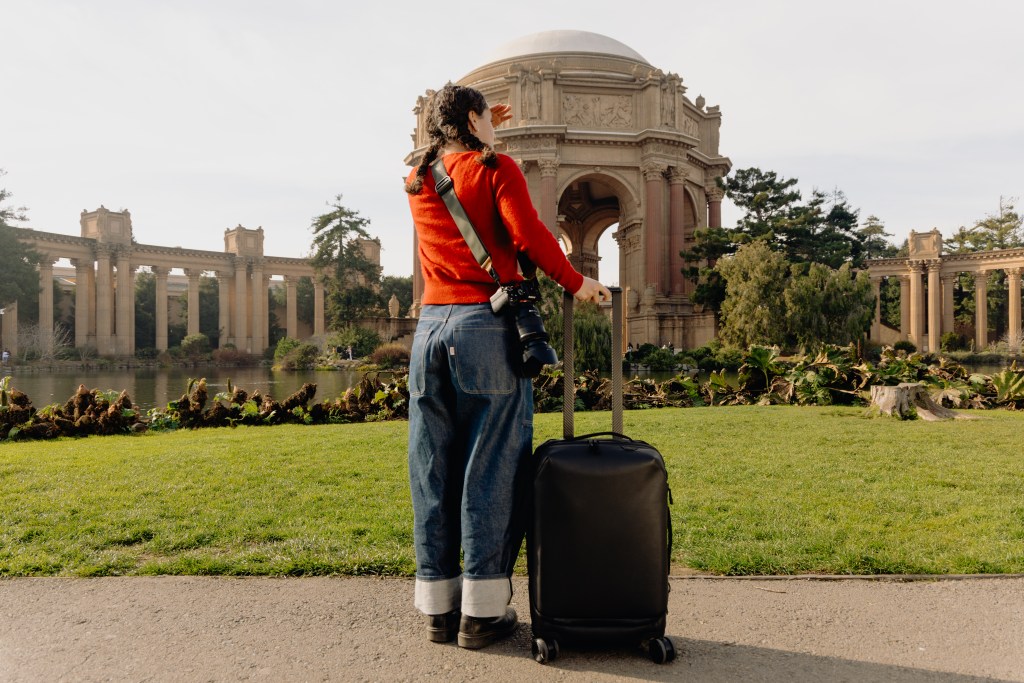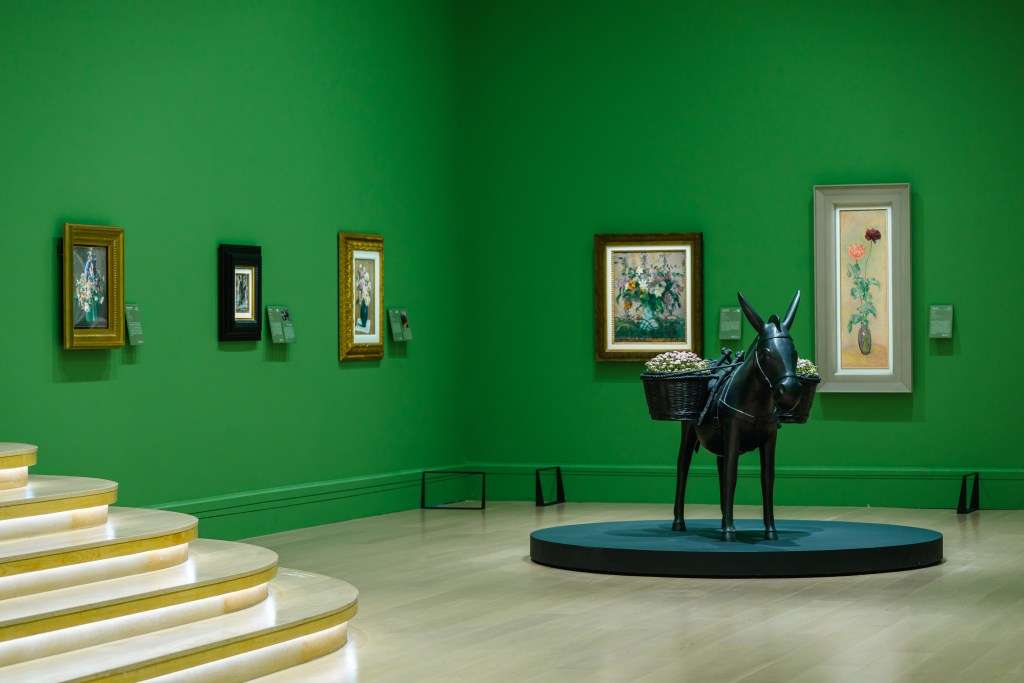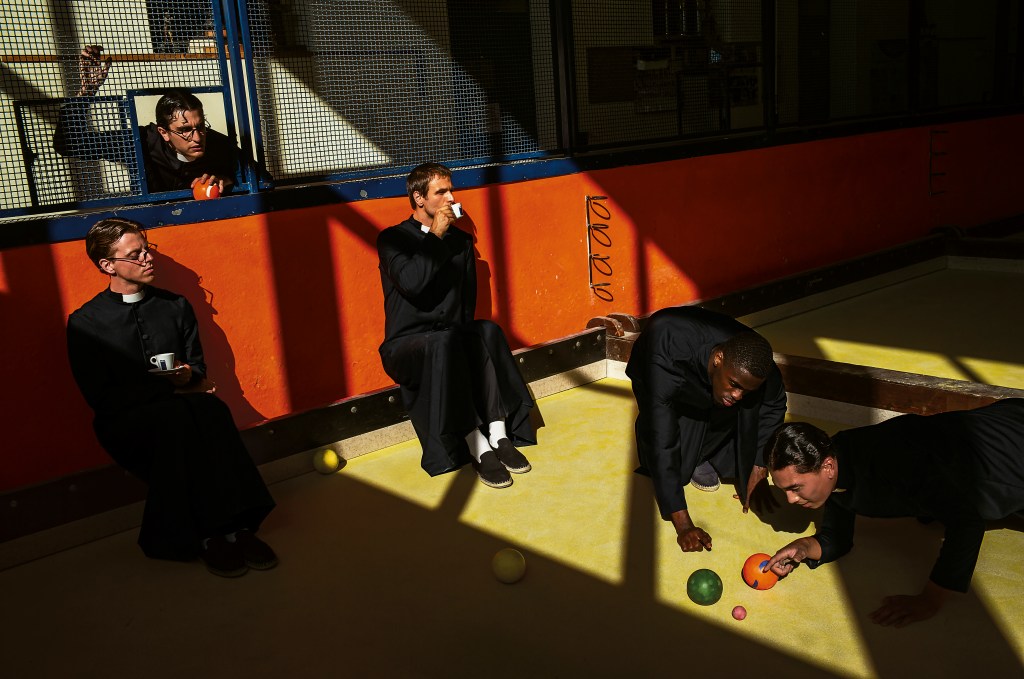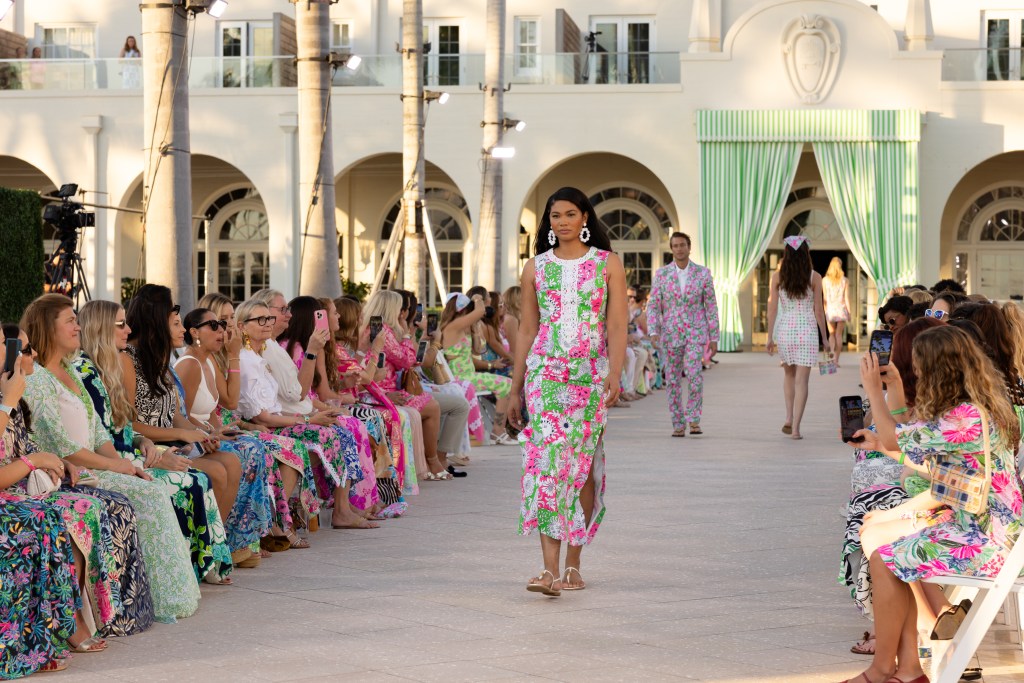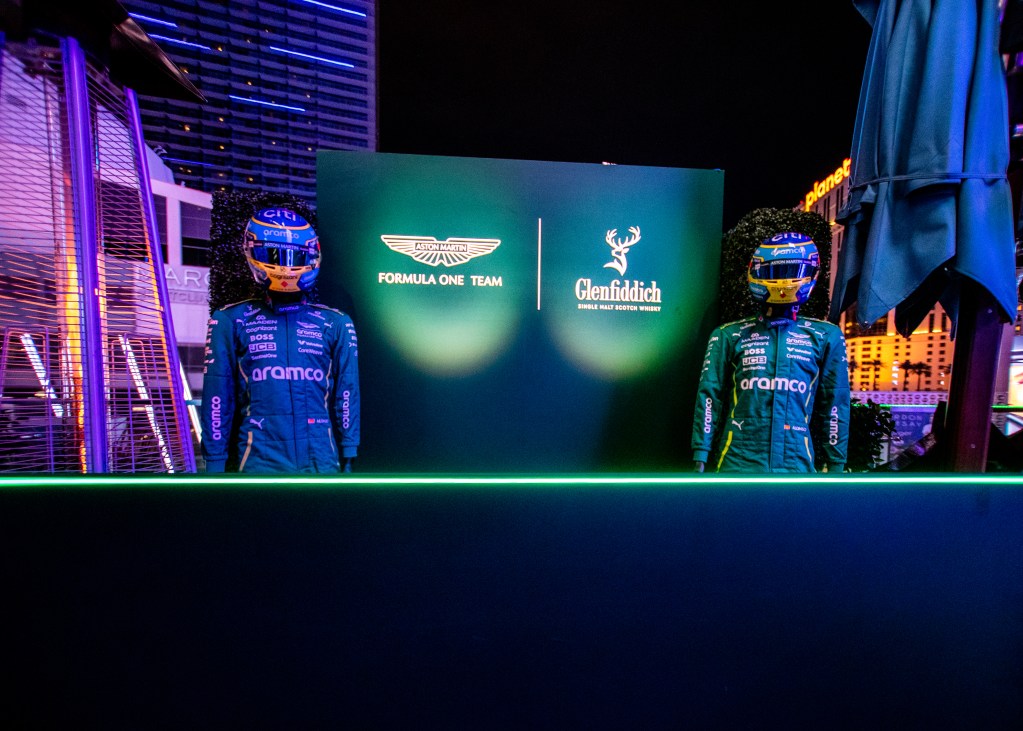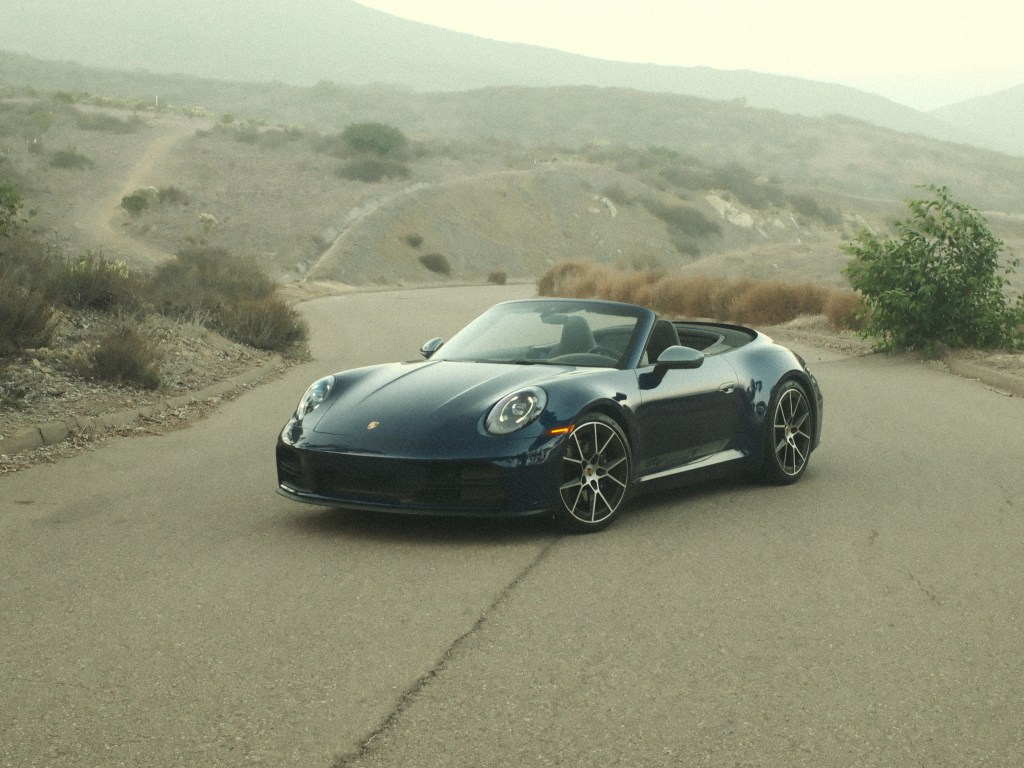Burnside Farm, Detroit
An urban garden, arts center and communal dining establishment in Detroit
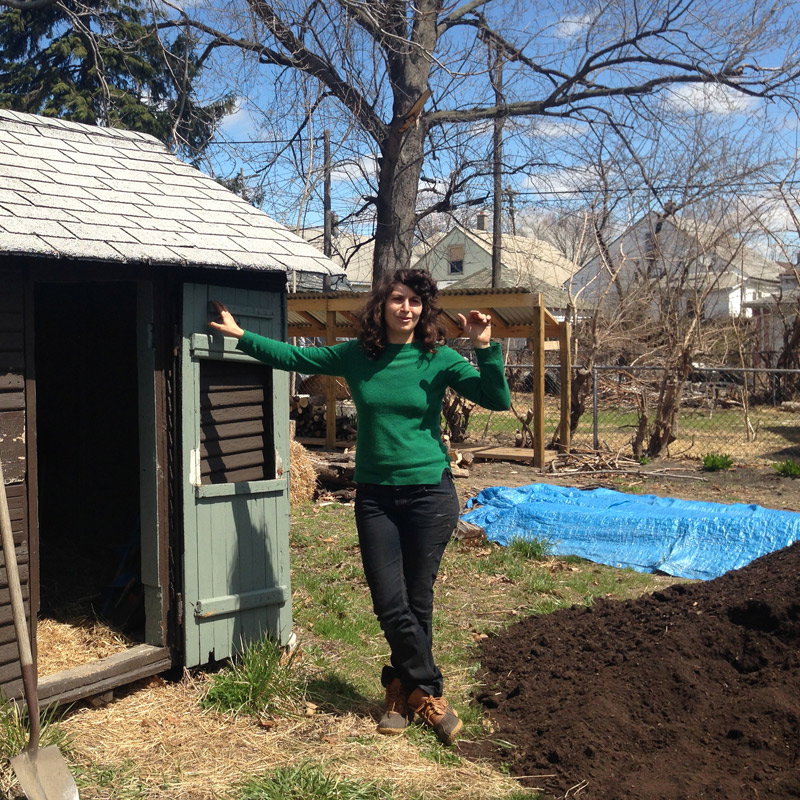
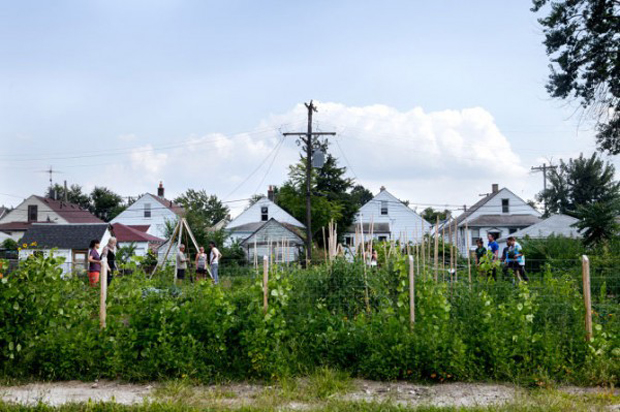
If you’re curious to see what a $600 property investment looks like in Detroit, Burnside Farm stands as an exemplary case—a true reflection of the depths of creativity and community amid the sprawling city. This eight-lot urban farm, in Detroit’s Banglatown neighborhood (located just north of Hamtramck) is comprised of six lots for sustenance and community gardening, one for a farmhouse/home/art studio and the last being an in-the-works greenhouse built atop the foundation of a currently burnt out home. Altogether, it’s a hub for positive creation and is the brainchild of Kate Daughdrill, a print-maker-turned-gardener (and an artist across both) who we met at this year’s Culture Lab Detroit.

Daughdrill purchased the lot and accompanying home with the aim to turn it into an art installation, after graduating with an MFA in Print Media from Cranbrook Academy of Arts. Upon moving in and commencing her work, she fell in love with the home and decided to make it her permanent residence. Shortly thereafter, the land beside the homestead garnered her attention. “I think it has always been a little bit of both—in terms of an artistic project and a garden,” Daughdrill shares with CH. “I realized that spring, in my first year in the house, that the three lots beside it were calling for a garden. The scale of the garden, three whole lots, is really what made me go for it. It became so pleasurable that it started to consume more and more of my creative energy,” she says.

“I was creatively relating to the plants and learning to take care of them and even listen to them and communicate with them—it felt like the same way I make art,” Daughdrill notes. Curiosity led to passion and she realized, “This has to be an essential part of what I am doing.” Daughdrill sought out her neighbors—and a personal project grew into a central force in her area. “I’ve always been instinctively drawn to collaboration and working with other people. I enjoy it. Also, the scale of three lots to now six lots really necessitates working together,” she explains. Additionally, the artist believes that to “take good care of myself and live a good nurturing life is to share that with other people.” As a result, last year an entire lot was dedicated to a creative CSA (Community Supported Agriculture). This year, that lot will function as a community garden with 15 parcels allotted to neighbors. During the growing season, Daughdrill hosts weekly dinners in the garden, with most of the food originating from the very soil.

The project has helped foster and grow a community. “This has allowed me to get to know my neighbors, to get to eat together with all these different types of backgrounds—that sense of connection and togetherness kind of feels like a basic human need to me,” she says. “There’s this element of community self-sufficiency where we really need each other to live well.” Within the community garden, this manifested in shared projects, shared knowledge and activities. Burnside Farm started a gardening club for women and often hosts art openings. It’s an environment for connectivity.
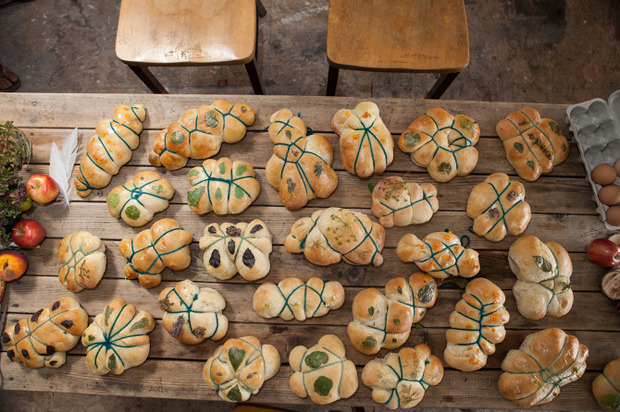
“I think part of what has inspired me about the gardening community and history here is that for so long it has really been out of necessity. People need food, and when you don’t have access to it, good healthy and fresh food near you, growing it became something that people did to sustain themselves,” Daughdrill explains.

She firmly believes this, and it shows: her stove was given to her in trade for babysitting, she organizes food swaps and learned plumbing to repair and renovate her home personally. These tangible lifestyle needs also deliver to her as an artist. Even the wood she uses to heat her home in the winter inspires living sculptures, such as those found in her collaborative project the Edible Hut.

Summing up this positive project—which is fueled by the very community that it’s fostering—Daughdrill says, “It really isn’t just trendy. It’s about finding out what are the essentials to be a human, to live well—and gardening brings you all together.”
Portrait and interior photo by David Graver, other images courtesy of Ali Elisabeth Lapetina


